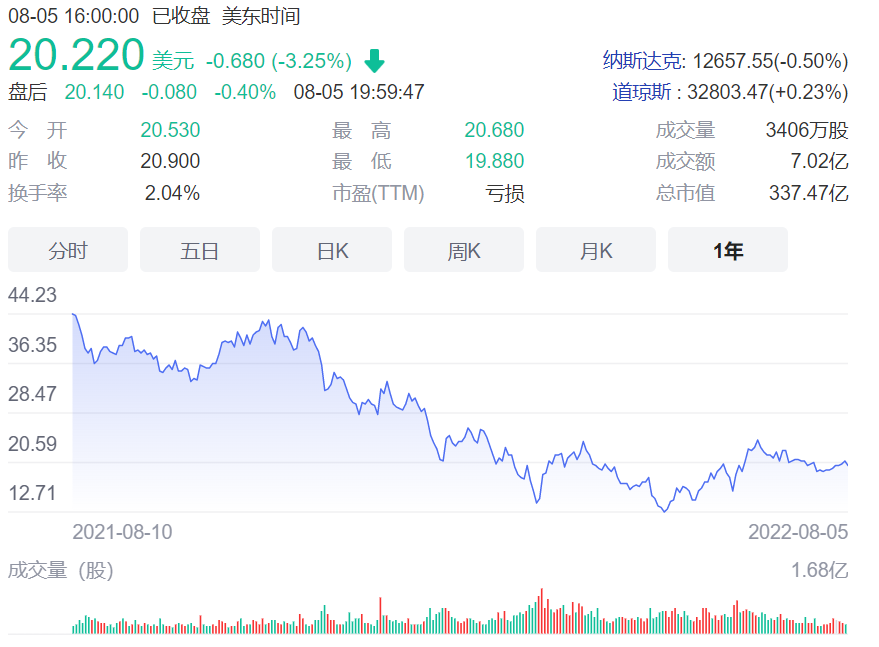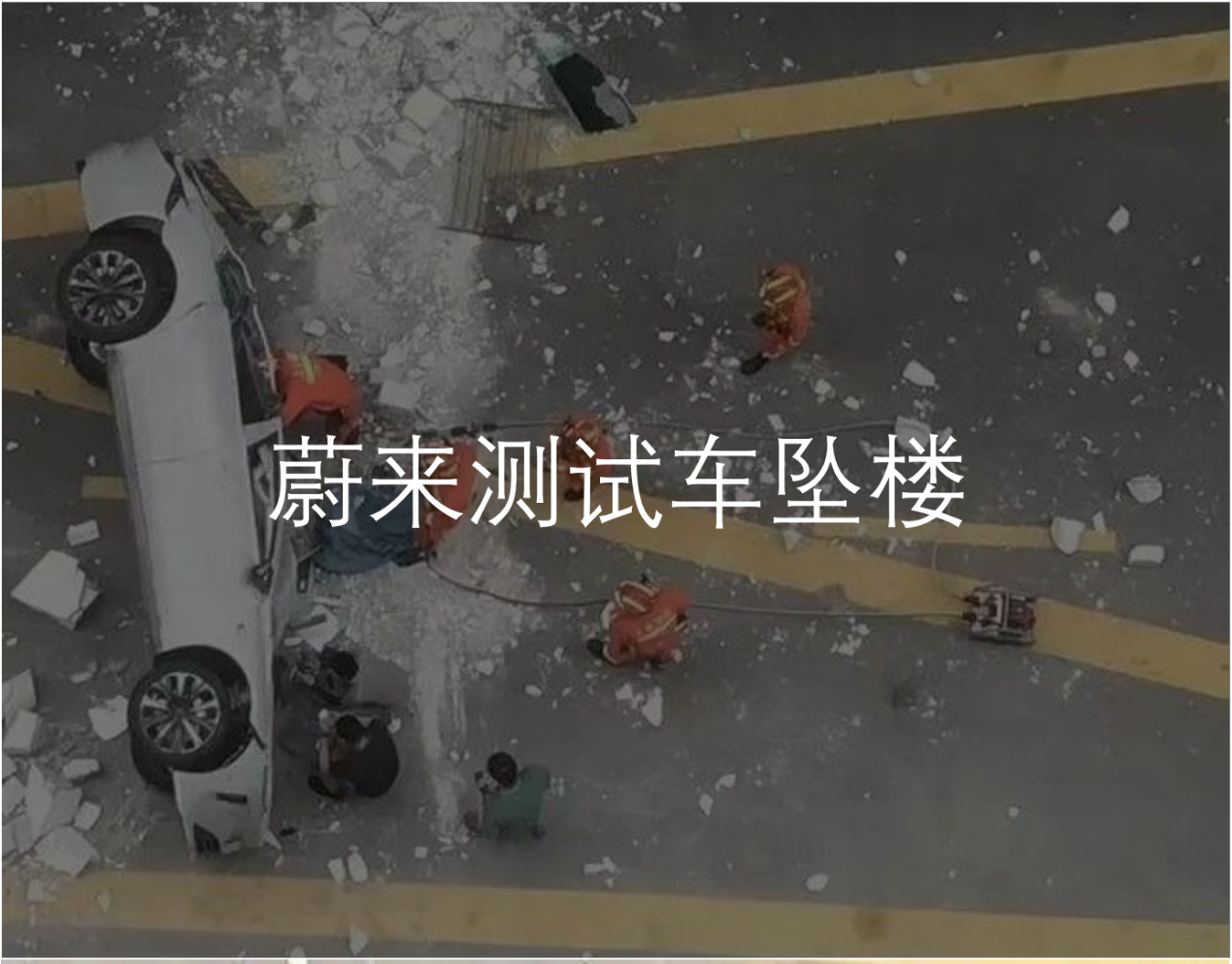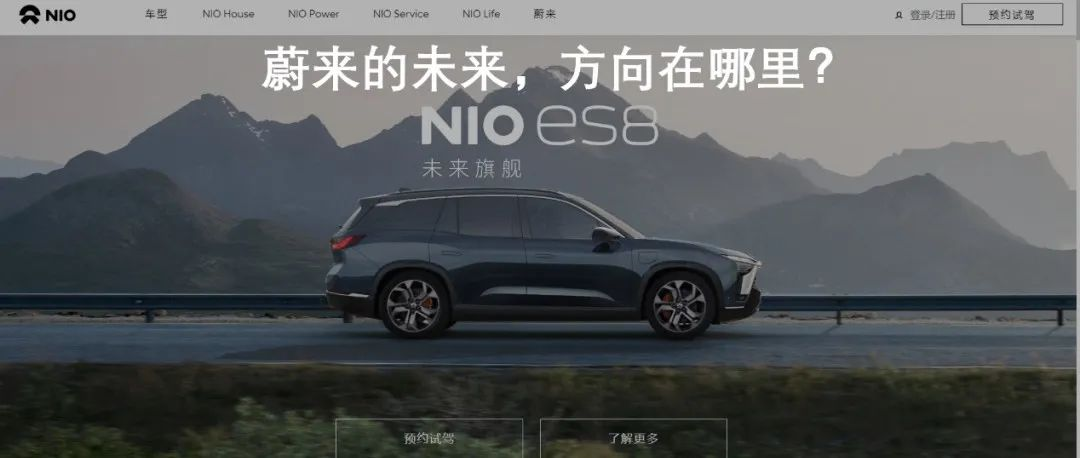In May, NIO announced the launch of its second brand, internally code-named Alps, targeting the 200-300,000 yuan car market. Recently, it was also revealed that NIO may continue to launch its third brand, internally code-named Firefly, targeting the 100-200,000 yuan car market. Both brands will have independent operating teams and sales systems.
What’s the rush for NIO to plan a third brand before the second one is even launched?
The practice of positioning three brands in the high, medium, and low-end markets is similar to Toyota’s strategy. However, Toyota Motor Corporation was established in 1937. It wasn’t until 17 years later that Suzuki, a microcar brand, was launched, and 52 years later, a luxury flagship brand, Lexus.
For NIO, launching a new brand isn’t about how long the gap should be, but whether the first brand has already stabilized its position. Obviously, Toyota’s strategy is to take a step-by-step approach and strike when the time is right.
However, NIO is no longer the undisputed leader of the first tier of new forces. The combined sales of NIO’s four models fall short of that of a single ideal ONE. Today, NETA and Leapmotor have entered the first tier from the low-end car market, and NIO’s ranking is even more elusive.
In Q1 2022, NIO lost ¥1.763 billion, and XPeng lost ¥1.701 billion, while Li Auto only lost ¥10.9 million. Whether NIO can still be one of the three drivers in the new energy vehicle market remains to be seen. It is believed that Li Bin, who often wears a smile in front of people, will also be worried about the current situation.
Moreover, a Huishang betting agreement still hangs heavily over Li Bin. The agreement stipulates that by 2024, NIO must achieve revenue of 120 billion yuan, and by 2025, it must achieve revenue of 420 billion yuan, otherwise, the Hefei State-owned Assets Supervision and Administration Commission will have the right to require NIO to buy back 7 billion yuan of shares.
However, as of 2021, NIO’s revenue was only 36.1 billion yuan. To complete the betting agreement, NIO must grow at an annual rate of almost 50% to achieve its goals. Otherwise, Li Bin, who went all-in, will be unwilling to see all his effort go to waste.
In addition, on June 28th, NIO suffered a major blow when the foreign research institution, Grizzly Research, criticized NIO for falsely inflating its revenue and profitability. As of August 5th, NIO’s stock price had fallen to $22.22, with a total market value of $33.747 billion, which was a far cry from its peak of $77.87 billion.
It wouldn’t be an exaggeration to say that Li Bin was also “devastated” as Yu Chengdong described himself.
The rising competition from competitors, pressure from betting agreements, and the slowdown of the capital market are urging NIO to seek further development. In this urgent moment, NIO needs to find a new growth point.
More may not be better.
Unless there is a talent like Han Xin, the more troops, the more burdensome.
NIO is facing the dilemma of having a rich but cumbersome variety of models. As for the products, NIO has already released 4 SUVs and 2 sedans, a total of 6 models, concentrated in the range of RMB 300,000 to 600,000.
Currently, NIO has delivered a total of 4 models, including the sedan NIO ET7 and the SUVs NIO ES6, EC6, and ES8. There is a clear distinction between sedans and SUVs, but the three SUVs have a lot of overlap in terms of price, design, performance, and so on, without the detailed and accurate positioning like the Ideal ONE. Therefore, NIO’s car sales are extremely unbalanced, basically presenting an inverted pyramid shape.
As for services, NIO currently has NIO House, Nio Power, and Nio Service centers. In 2021, NIO’s marketing and administrative expenses totaled RMB 6.878 billion, while R&D costs of the same period were only RMB 4.591 billion.
The huge marketing and administrative expenses have successfully deepened the image of NIO as a user-oriented enterprise. However, expenditures far exceeded R&D costs. Is this not putting the cart before the horse? Isn’t it true that only by developing truly beneficial products for users can we provide solid services to users?

In terms of battery swap services, NIO has now built over 1,000 battery swap stations and plans to build 4,000 by 2025. According to NIO’s data, the cost of building a battery swap station in China is USD 0.772 million, and the recovery cycle takes more than 10 years.
However, fast charging technology and CTC battery body integration technology are constantly improving. While the value of the first two is increasing, it also means that the value of battery swap stations is decreasing. Should NIO adjust its strategy of building battery swap stations to reduce operating costs in a timely manner? This is also a question worth considering for NIO.Li Bin once said that NIO loses more than 4,000 yuan per car owner every year, and with the continuous increase in the number of NIO car owners, the losses are bound to continue to increase. Moreover, no matter how much the user operation team of NIO grows, it cannot match the growth of the number of car owners. Therefore, in the future, the quality of NIO’s user operation team and the strength of its operation system will face great tests.
In addition, on August 4th, “NIO Mobile Technology Co., Ltd.” was officially registered and established, with Qin Lihong as the legal representative. Regarding the matter of making mobile phones, Li Bin also said that it is not about thinking from a business perspective, but rather making a useful phone for NIO users to enhance their user experience.
Although the author admires NIO’s enthusiasm for doing labor-intensive and possibly unrewarding things such as battery swapping and making mobile phones, he cannot help but worry further about NIO’s losses. NIO is doing too many things—do they really have enough money and energy? Even if they do, what is the point if they cannot do them well?
A double-edged sword for sinking the brand.
Undoubtedly, the current consumer base of Chinese cars is still concentrated in the mid-to-low-end market. However, NIO has a natural disadvantage in entering the mid-to-low-end market.
First of all, entering the low-end market as a high-end brand does not necessarily mean a feeling of being close to consumers. The feeling of being close to consumers is actually a brand advantage, but it is only applicable to brands such as BMW and Mercedes-Benz that have established high-end and luxurious positioning in the luxury car market with deep historical accumulation in the minds of consumers.
For NIO, in first- and second-tier cities, NIO’s high-end image is not deeply rooted in people’s hearts, let alone in third- and fourth-tier cities with weaker consumption power. Therefore, when NIO launches a new mid-to-low-end brand, it will not give consumers a feeling of being down-to-earth but rather a feeling of being forced to change direction because it can no longer “fake it” in the high-end market and cannot make money.
Secondly, NIO’s technological advantages are not significant. A very important factor in attracting users to buy mid-to-low-end cars is “cost-effectiveness”. To make a product have considerable cost-effectiveness, a certain technological advantage is needed to enhance the product’s practicality and reduce its production cost. For NIO to enter the mid-to-low-end market, it will inevitably have to spend a large amount of money on R&D technology while also being forced to enter a price war.
Translate the following Chinese Markdown text to English Markdown text in a professional way, preserving HTML tags inside Markdown and only outputting the results.
“In the absence of a dominant brand, NIO needs to compete head-to-head with Guangqi Aion, XPeng, NIO, and Leapmotor, which are firmly entrenched in the mid-to-low-end market. By 2024, it will also face the encirclement and suppression of Xiaomi’s new car. Therefore, the development of Alps and Firefly in the mid-to-low-end market will be very difficult.
Therefore, brand sinking is actually a double-edged sword for NIO. Through brand sinking, NIO may be able to find new growth points, complete the gambling agreement, and give the capital market an account, but at the same time, faced with huge research and development and operation and maintenance costs, NIO still needs to continue the burn-through mode.
Tomorrow is beautiful, and the day after tomorrow is also beautiful, but whether NIO can get through tomorrow night still needs to cherish it.
Henry Ford, the founder of Ford Motor Company, once said, “If I had asked the consumers what they wanted at the beginning, they would have told me they wanted a faster horse.” Jobs also said, “Users don’t know what they want.”
In fact, for a user-centric company like NIO, it is easy to be locked in by user thinking. Users are not always right, and users also need to be trained.
We can see that NIO’s every move is in line with user needs, which can satisfy user needs at the moment, but it is difficult to explore unknown user needs. Moreover, it is hard to please everyone, and pampering users without any bottom line will likely lead to the company’s demise.
So it is understandable to expand the brand and cover a broader market. But the most important thing is to lay a solid foundation and take a long-term approach. At present, NIO has not yet established a stable high-end image, and the battery-swapping service and user operations are still consuming huge costs. There is still no particularly outstanding product while NIO tries to make phones for their users and launch a new brand. Although the test is huge, there is a risk of being dragged into the abyss, making it impossible to recover.
Overall, from the perspective of “Electric Impetus,” NIO, whether as a high-end brand or a mid-to-low-end brand, should focus on the long-term, adhere to the principle of long-term development and clear product positioning, deeply research and meet user needs, and lay a solid technological foundation. Otherwise, shifting attention and moving to where the money is made will only make NIO a large fat cat, a paper tiger.”
This article is a translation by ChatGPT of a Chinese report from 42HOW. If you have any questions about it, please email bd@42how.com.
